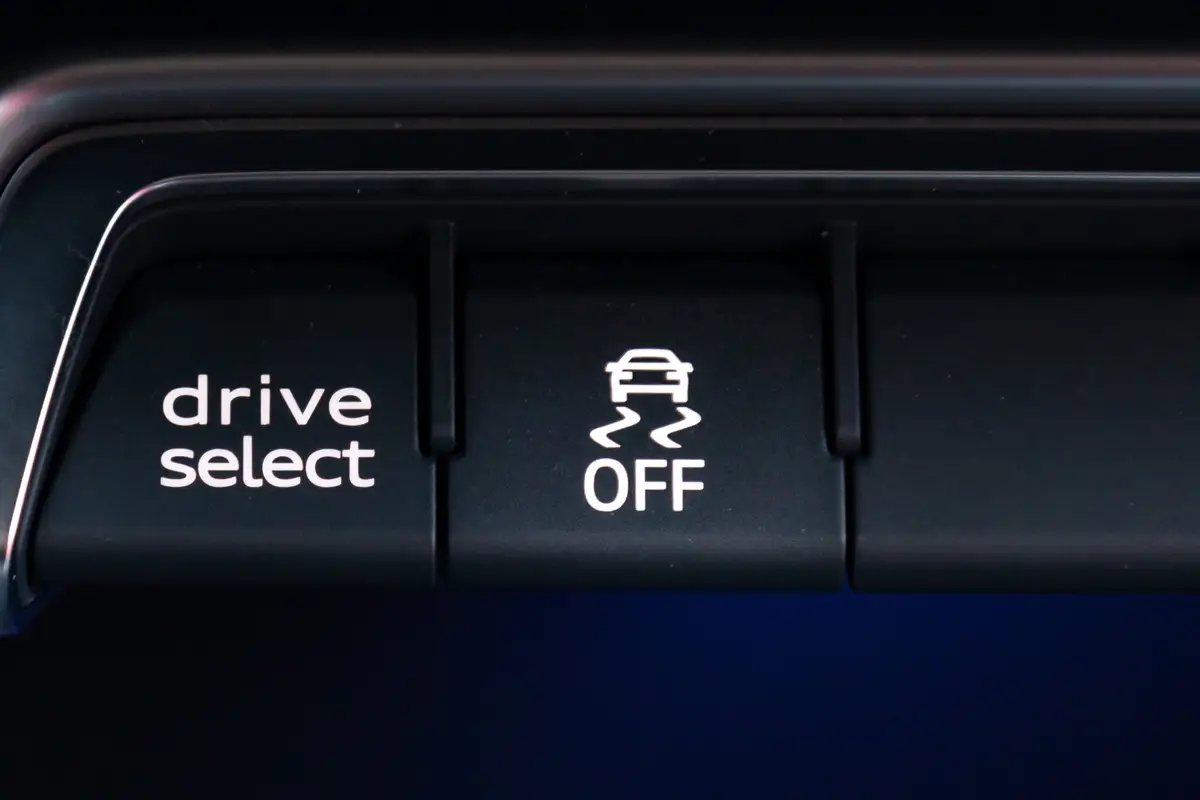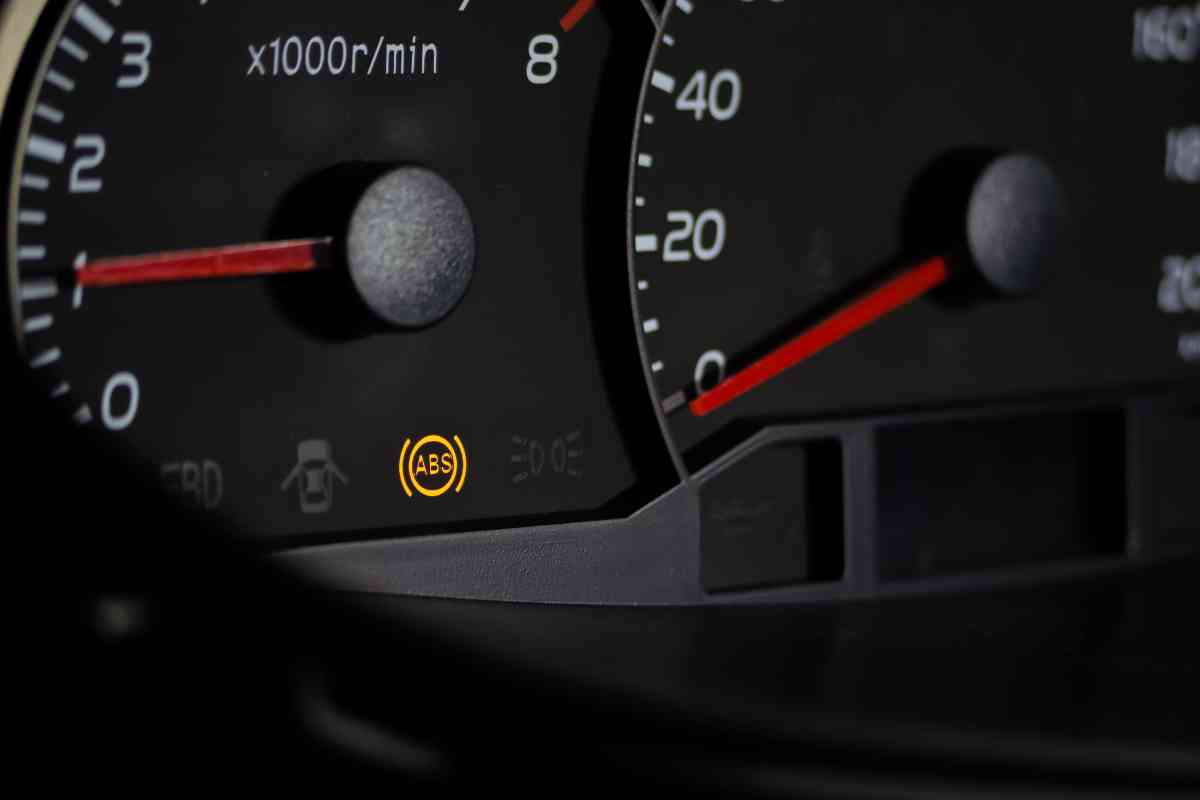Abs Traction Control And Battery Light On
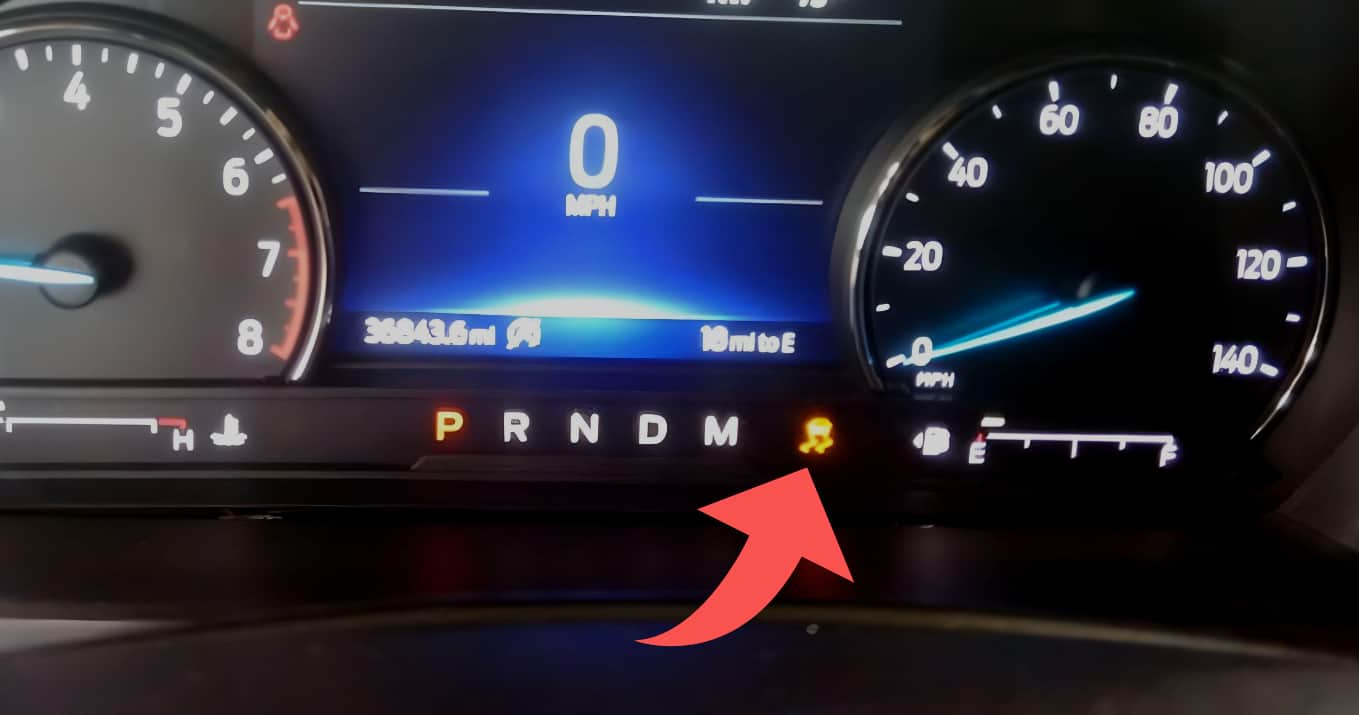
A cascade of dashboard warning lights – the ABS, Traction Control, and Battery lights all illuminated simultaneously – can be a motorist's worst nightmare. This trifecta often signals a deeper, potentially serious underlying problem within a vehicle's complex electrical and mechanical systems. Understanding the potential causes, the urgency of diagnosis, and the preventative measures available is crucial for driver safety and preventing costly repairs.
This article delves into the common causes behind the simultaneous illumination of the ABS (Anti-lock Braking System), Traction Control, and Battery warning lights. We will examine the diagnostic steps a mechanic might take and offer preventative advice to help vehicle owners avoid this stressful scenario.
Understanding the Warning Lights
The ABS warning light indicates a malfunction within the anti-lock braking system. This system prevents wheel lockup during hard braking, allowing the driver to maintain steering control.
The Traction Control light signals an issue with the system that limits wheel spin, especially on slippery surfaces. When activated, it helps maintain stability and prevents loss of control.
The Battery light, unsurprisingly, warns of a problem with the vehicle's charging system. This could stem from a faulty alternator, a weak battery, or issues with the wiring.
Common Causes and Diagnostic Approaches
The Charging System Connection
A malfunctioning alternator is frequently implicated when all three lights illuminate. The alternator charges the battery while the engine is running and provides power to various electrical components. If the alternator fails to deliver adequate power, the battery voltage drops, triggering the Battery light and potentially affecting the ABS and Traction Control systems, which rely on stable voltage.
Mechanics typically use a multimeter to test the alternator's output voltage. Readings outside the normal range (typically 13.5 to 14.5 volts) point towards alternator failure.
Additionally, a load test can assess the battery's ability to hold a charge under load. A weak battery can strain the alternator and contribute to the problem.
Sensor Issues and Electrical Faults
Faulty wheel speed sensors can disrupt both the ABS and Traction Control systems. These sensors monitor the rotational speed of each wheel, providing data to the ABS and Traction Control modules.
Damage to the wiring harness, particularly corrosion or loose connections, can also cause these lights to appear. Wiring problems can interrupt the flow of information and power to various systems.
Diagnostic tools capable of reading ABS and Traction Control codes can help pinpoint the specific sensor or circuit causing the issue. Repair involves replacing the faulty sensor or repairing the damaged wiring.
The Role of the ABS Control Module
In some cases, the ABS control module itself may be the culprit. This electronic control unit (ECU) processes information from the wheel speed sensors and other inputs to control the ABS and Traction Control systems.
A failing ABS control module can trigger all three warning lights due to communication errors within the vehicle's network. Diagnosing a faulty module usually involves a process of elimination after ruling out other potential causes.
Replacing the ABS control module can be a costly repair, sometimes requiring reprogramming to be compatible with the vehicle's computer system.
The Urgency of Diagnosis and Repair
Ignoring these warning lights is not advisable. A malfunctioning ABS can compromise braking performance in emergency situations, increasing stopping distances and the risk of accidents.
Similarly, a faulty Traction Control system can lead to loss of control on slippery surfaces. A failing charging system can leave you stranded with a dead battery.
Prompt diagnosis by a qualified mechanic is essential to identify the root cause and implement the necessary repairs. Driving with these lights illuminated can lead to further damage to the vehicle and compromise safety.
Preventative Measures
Regular vehicle maintenance is crucial in preventing these issues. This includes routine battery checks and replacement as needed.
Visually inspecting the wiring harness for signs of damage or corrosion is also a good preventative measure. Protecting electrical connections with dielectric grease can prevent corrosion.
Addressing any unusual noises or symptoms promptly can prevent minor problems from escalating into major failures. For instance, if you hear a whining noise from the alternator, have it checked immediately.
Expert Opinions and Industry Insights
"The simultaneous illumination of ABS, Traction Control, and Battery lights is a common issue we see at our shop," says John Davis, a certified mechanic at Apex Auto Repair.
He adds, "Often, it boils down to a charging system problem, but we always run a full diagnostic to rule out sensor or module failures. Accurate diagnosis is key."
According to a recent report by the National Institute for Automotive Service Excellence (ASE), electrical system failures are a leading cause of vehicle breakdowns. Regular maintenance and inspections can significantly reduce the risk of these failures.
The Future of Vehicle Diagnostics
Advanced diagnostic tools are becoming increasingly sophisticated, allowing mechanics to pinpoint problems with greater accuracy. These tools can analyze data from various sensors and modules, providing insights into the vehicle's overall health.
Predictive maintenance technologies are also emerging, using data analytics to identify potential problems before they arise. This proactive approach can help prevent breakdowns and extend the life of vehicle components.
As vehicles become more complex, the need for skilled technicians and advanced diagnostic equipment will continue to grow. Investing in regular maintenance and seeking expert advice can help ensure vehicle reliability and safety.
In conclusion, the simultaneous illumination of the ABS, Traction Control, and Battery lights serves as a critical warning sign that demands immediate attention. Understanding the potential causes, seeking prompt diagnosis, and implementing preventative measures are essential for maintaining vehicle safety and avoiding costly repairs. Ignoring these warning signs can have serious consequences, highlighting the importance of responsible vehicle ownership and regular maintenance.

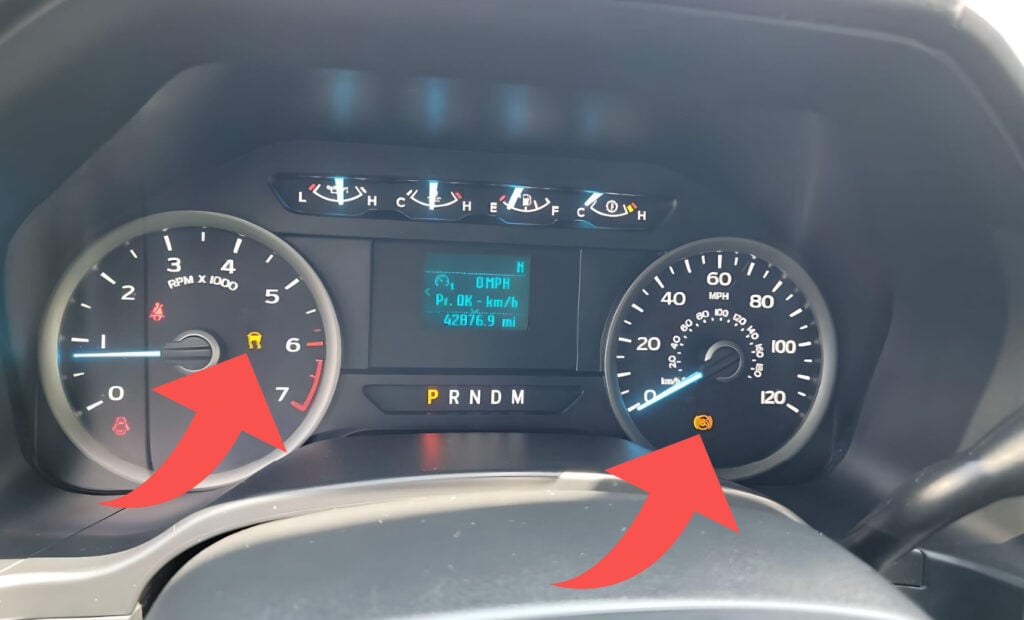



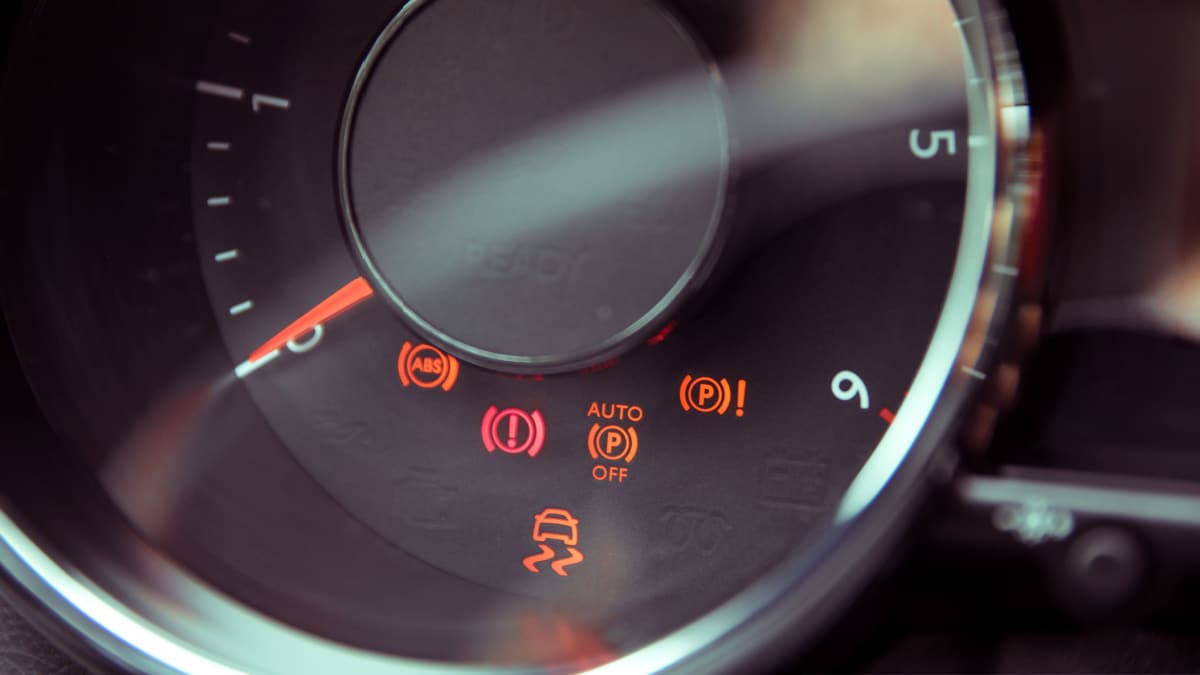








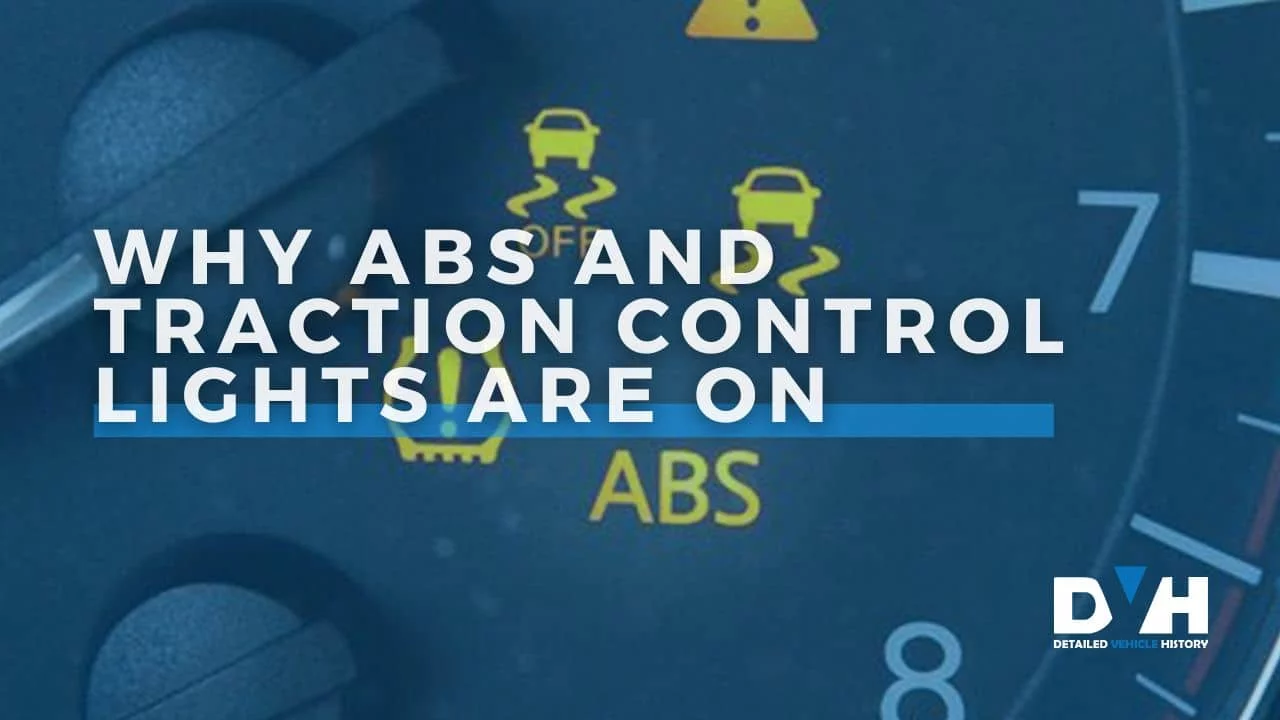
![Abs Traction Control And Battery Light On How To Reset Traction Control Light? [Causes & Fix]](https://axlewise.com/wp-content/uploads/2022/12/trac-off-light-wont-turn-off.png)
